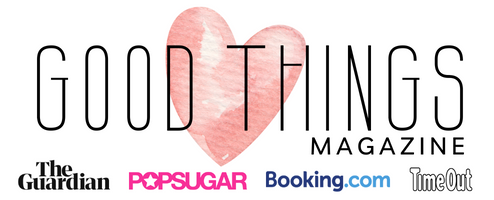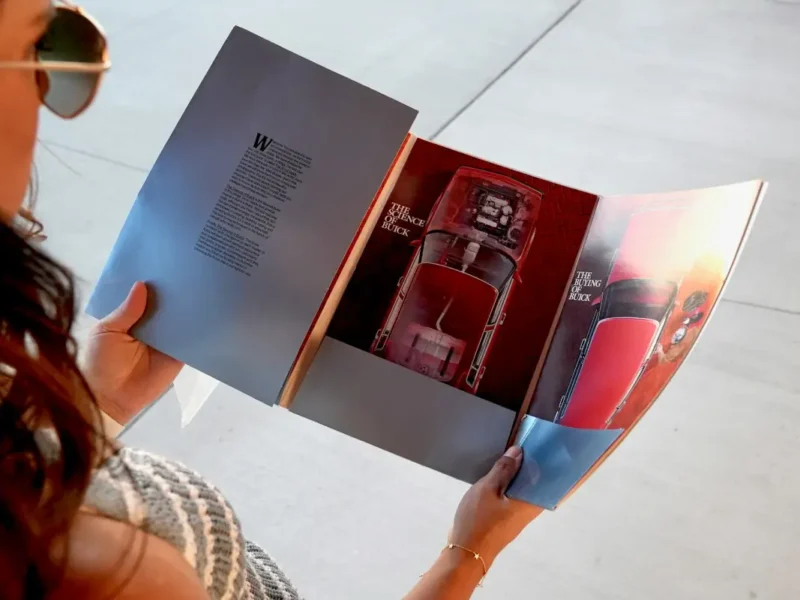In the fast-paced and demanding world of professional printing, standing out is more than a creative goal—it’s a commercial necessity. Whether producing vibrant indoor displays or durable outdoor signage, print professionals know that design alone isn’t enough.
The materials used must deliver performance, reliability, and quality. That’s why so many in the industry are turning to specialty materials as their go-to choice for a wide range of print applications.
Contents
What Are Specialty Materials?
Specialty print materials refer to substrates that go beyond standard paper or vinyl. They include mesh banners, PVC-free options, fabric textiles, blockout banners, and backlit films, among others. These materials are designed to perform in specific environments and use cases—such as high-wind areas, backlit display systems, or eco-sensitive projects—making them indispensable for modern printers.
Key Advantages of Specialty Print Media
1. Enhanced Durability
One of the biggest benefits of specialty materials is their resilience. Mesh banners, for example, are perfect for windy outdoor conditions as they allow air to pass through without tearing. Blockout banners prevent light from passing through, ensuring double-sided prints look clean and professional. These materials are engineered to last, even in challenging environments.
2. Superior Print Quality
Advancements in material technology have led to substrates that offer excellent ink adhesion and colour vibrancy. Whether using UV, latex, or eco-solvent inks, specialty media supports sharp graphics and rich colours, giving clients eye-catching results every time.
3. Application Flexibility
From vehicle wraps to soft signage and tension fabric systems, specialty materials open the door to a wide range of print products. This flexibility allows printers to expand their offerings and meet the evolving needs of customers in sectors like retail, events, construction, and real estate.
4. Eco-Friendly Options
Sustainability is increasingly important in print purchasing decisions. Many specialty materials are now available in PVC-free versions, allowing environmentally conscious businesses to reduce their ecological footprint without compromising on performance.
5. Professional Appearance
For high-end indoor environments such as exhibitions, showrooms, or retail displays, fabric-based materials and backlit banners offer a premium look and feel. These substrates present a wrinkle-free, clean finish that enhances brand perception.
Why It Matters to Professionals
Print professionals are judged not only on the design and colour of their work but also on how long it lasts and how well it functions in its intended space. Whether it’s an outdoor building wrap or an interior retail backdrop, using the right material can make or break the end result. That’s why many printers partner with trusted suppliers who specialise in high-performance substrates.
One such supplier is Soyang Europe, a leading distributor of digital print materials, including a wide range of specialty substrates designed for signage, graphics, and display applications. Their extensive product range helps professionals meet demanding client expectations while keeping pace with trends in print technology and sustainability.
Final Thoughts
The success of any print job is a mix of creativity, execution, and the materials behind it. Specialty print media gives professionals the tools they need to meet tight deadlines, deliver flawless finishes, and outperform the competition. As demand grows for diverse and sustainable solutions, the role of high-quality specialty materials will only become more central to professional printing.



